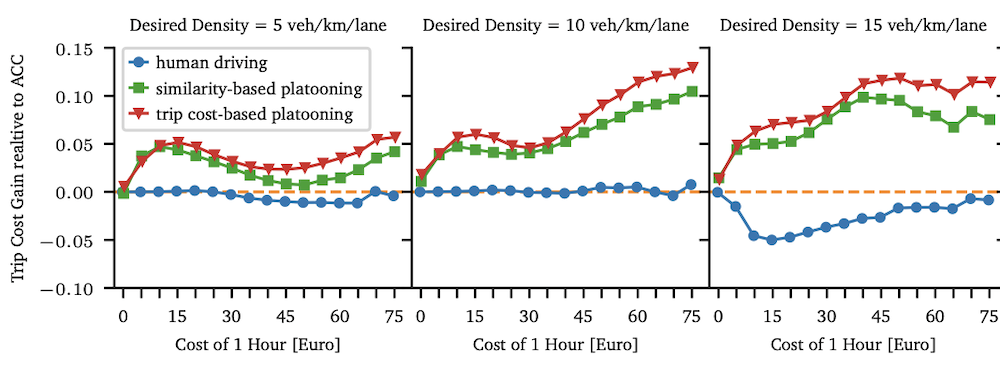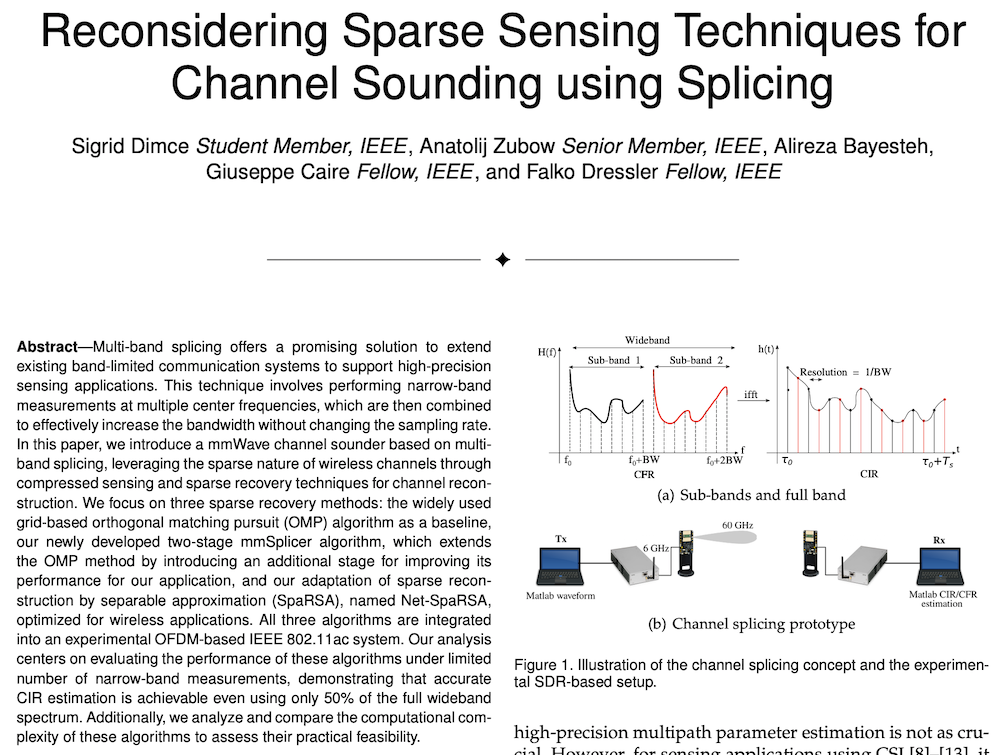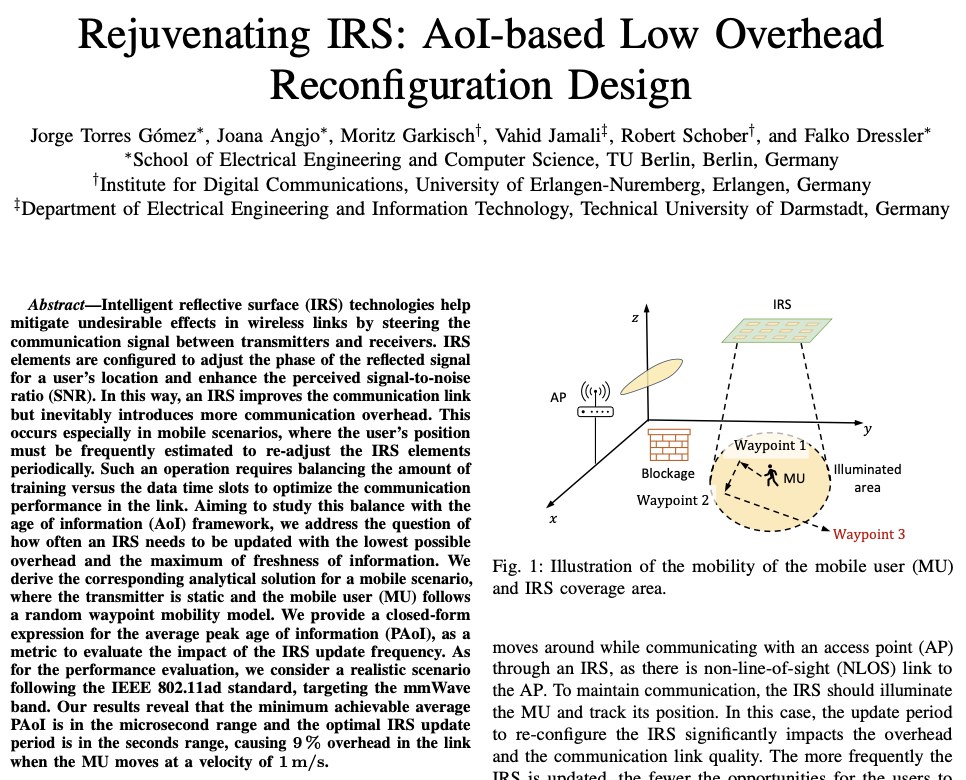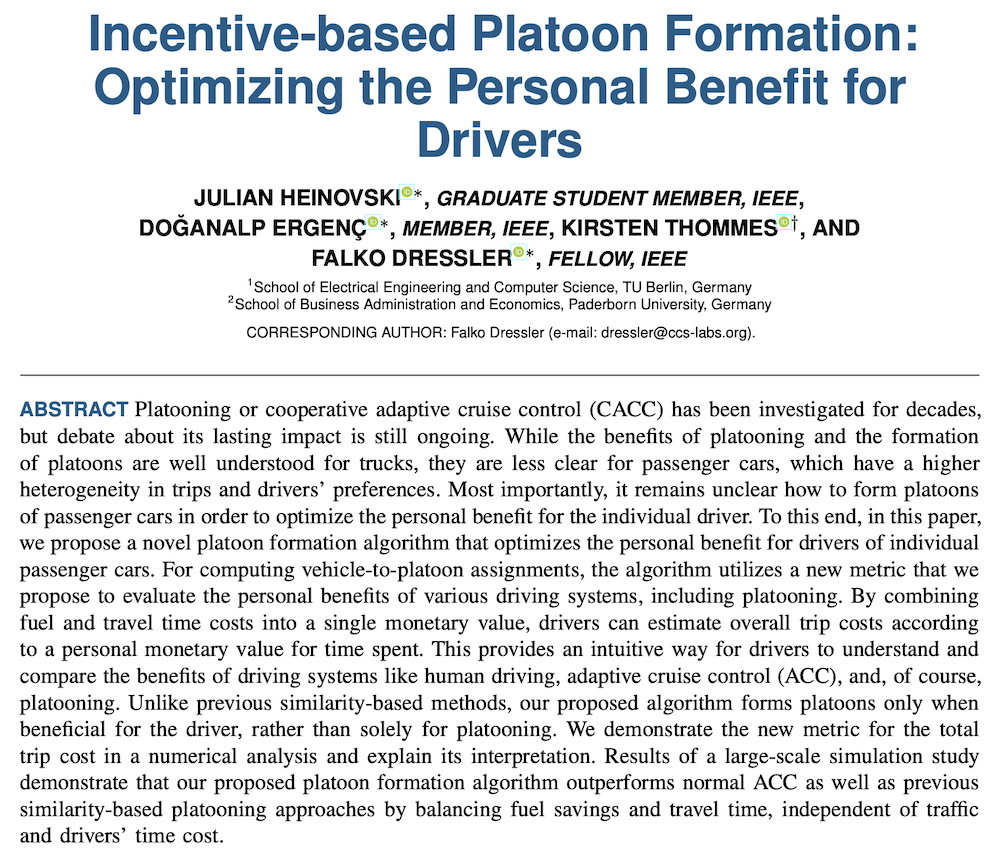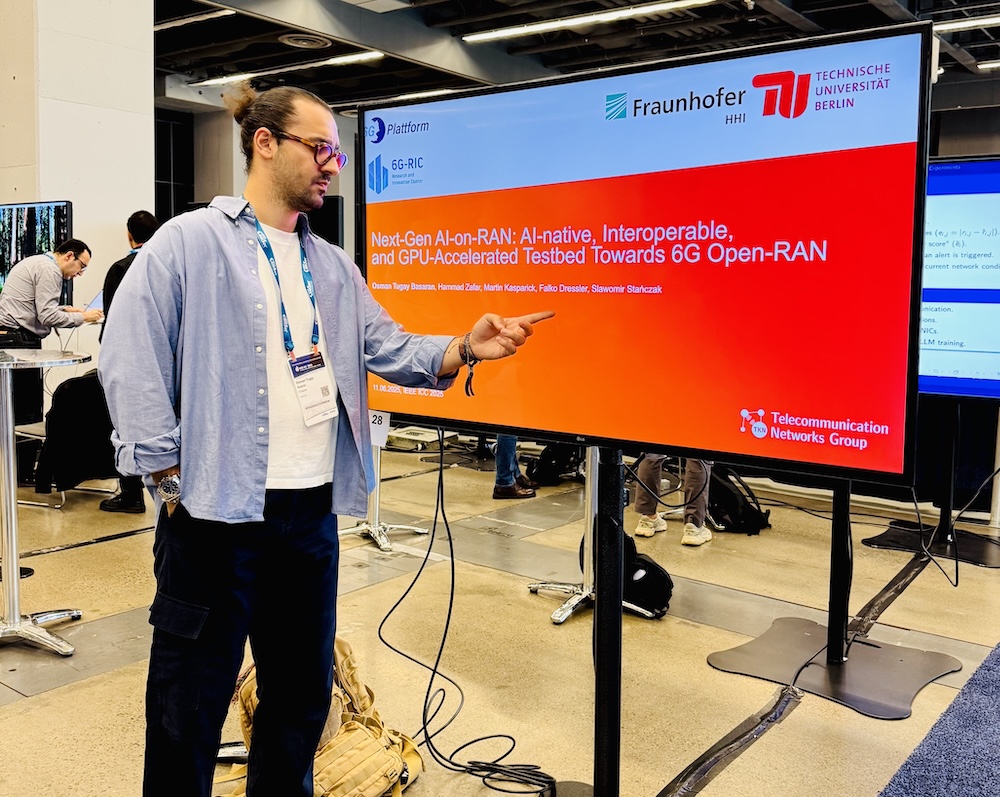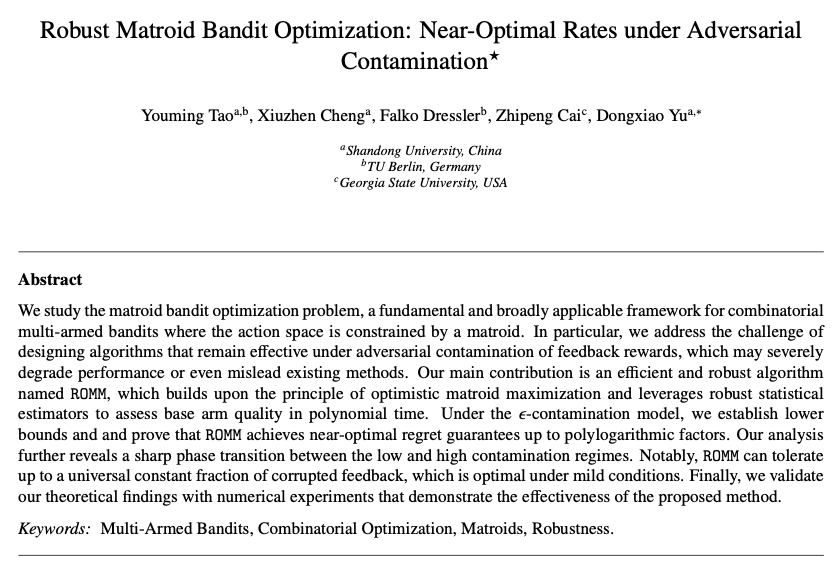Literature Database Entry
neurauter2022in-flow
Rene Neurauter, Michael Neuhauser, Johannes Blobel, Robert Winkler, Falko Dressler, Jan-Thomas Fischer and Johannes Gerstmayr, "An in-flow sensor system for data acquisition in snow avalanches," Proceedings of EGU General Assembly, Vienna, Austria, May 2022, pp. EGU22–11328.
Abstract
The dynamics of snow avalanches and in particular their rheology is of big importance to develop improved avalanche models and thus increase safety in mountainous areas. Existing measurement systems only allow a limited in situ view of the dynamics of snow avalanches and therefore demand the development of innovative measurement systems. Furthermore, due to the limited measurement capability of existing systems, comprehensible motion reconstruction is currently not possible. Therefore, the aim of this work is to present a measurement system that enables accurate in flow observations of snow avalanches and has the mechanical properties of a typical snow granule. A main objective of the measurement system is to allow a full motion reconstruction regarding translations and rotations with a high sampling rate and without exceeding sensor ranges. The newly developed system, denoted as AvaNode, has the shape of a concave cube with a variable density to fit typical snow granules in flowing avalanches and their deposits. The AvaNode contains a strapdown inertial navigation sensor capable of measuring accelerations, angular velocities, and magnetic flux densities with up to 400Hz and allows for an estimation of the orientations, velocities, and positions of the AvaNode using state of the art motion reconstruction algorithms. The reconstruction is significantly improved due to precise calibration of all sensors using reference measurements with a 6R robot and onsite magnetic field calibration. In order to get a refined motion trajectory, the AvaNodes are also equipped with radio ranging modules. These modules allow performing time of flight (TOF) measurements, determining the distance between several nodes. A Global Navigation Satellite System (GNSS) module determines longitude, latitude, and altitude, as well as world time, however, with low frequency resolution and larger errors due to snow coverage. To measure the temperature evolution in avalanches, an infrared temperature sensor is attached. Multiple recovery systems like Recco rescue reflector (passive), Pieps TX600 (active), and Lambda4 Smilla (active) are integrated to allow fast retrieval of the sensors. As first results, we present the employed sensor calibration approaches for the inertial navigation with corresponding laboratory data signatures. The sensor calibration allows in-depth analysis of motion data, identifying typical data signatures observed in avalanches. Furthermore, we show first data acquired from in-flow snow avalanche measurements, which prove the functionality of the system and allow the first insights into trajectories of snow granules, regarding accelerations, angular velocities, rotations, and position.
Quick access
Original Version ![]() (at publishers web site)
(at publishers web site)
Authors' Version ![]() (PDF on this web site)
(PDF on this web site)
BibTeX ![]()
Contact
Rene Neurauter
Michael Neuhauser
Johannes Blobel
Robert Winkler
Falko Dressler
Jan-Thomas Fischer
Johannes Gerstmayr
BibTeX reference
@inproceedings{neurauter2022in-flow,
author = {Neurauter, Rene and Neuhauser, Michael and Blobel, Johannes and Winkler, Robert and Dressler, Falko and Fischer, Jan-Thomas and Gerstmayr, Johannes},
doi = {10.5194/egusphere-egu22-11328},
title = {{An in-flow sensor system for data acquisition in snow avalanches}},
pages = {EGU22--11328},
address = {Vienna, Austria},
booktitle = {EGU General Assembly},
month = {5},
year = {2022},
}
Copyright notice
Links to final or draft versions of papers are presented here to ensure timely dissemination of scholarly and technical work. Copyright and all rights therein are retained by authors or by other copyright holders. All persons copying this information are expected to adhere to the terms and constraints invoked by each author's copyright. In most cases, these works may not be reposted or distributed for commercial purposes without the explicit permission of the copyright holder.
The following applies to all papers listed above that have IEEE copyrights: Personal use of this material is permitted. However, permission to reprint/republish this material for advertising or promotional purposes or for creating new collective works for resale or redistribution to servers or lists, or to reuse any copyrighted component of this work in other works must be obtained from the IEEE.
The following applies to all papers listed above that are in submission to IEEE conference/workshop proceedings or journals: This work has been submitted to the IEEE for possible publication. Copyright may be transferred without notice, after which this version may no longer be accessible.
The following applies to all papers listed above that have ACM copyrights: ACM COPYRIGHT NOTICE. Permission to make digital or hard copies of part or all of this work for personal or classroom use is granted without fee provided that copies are not made or distributed for profit or commercial advantage and that copies bear this notice and the full citation on the first page. Copyrights for components of this work owned by others than ACM must be honored. Abstracting with credit is permitted. To copy otherwise, to republish, to post on servers, or to redistribute to lists, requires prior specific permission and/or a fee. Request permissions from Publications Dept., ACM, Inc., fax +1 (212) 869-0481, or permissions@acm.org.
The following applies to all SpringerLink papers listed above that have Springer Science+Business Media copyrights: The original publication is available at www.springerlink.com.
This page was automatically generated using BibDB and bib2web.

